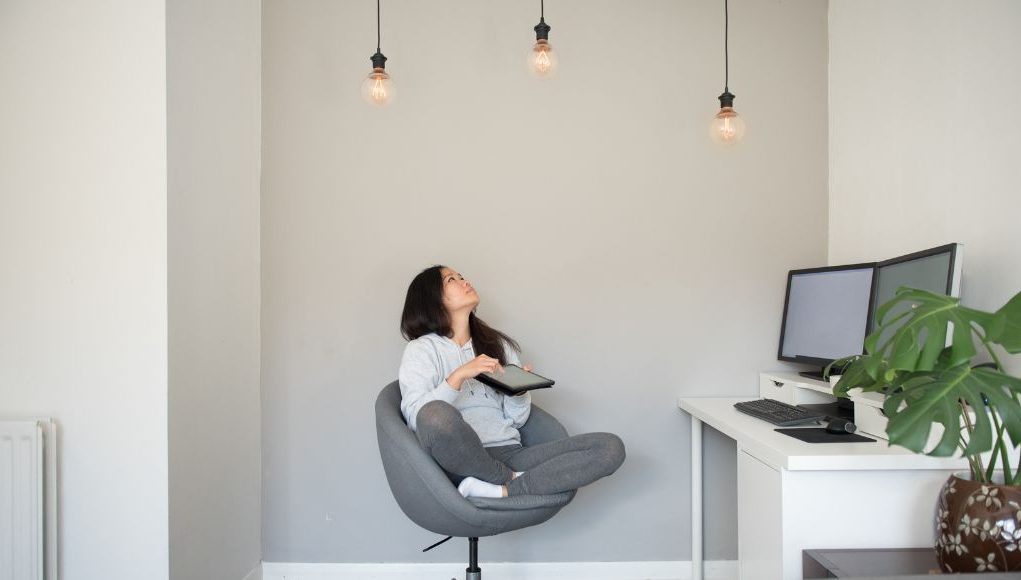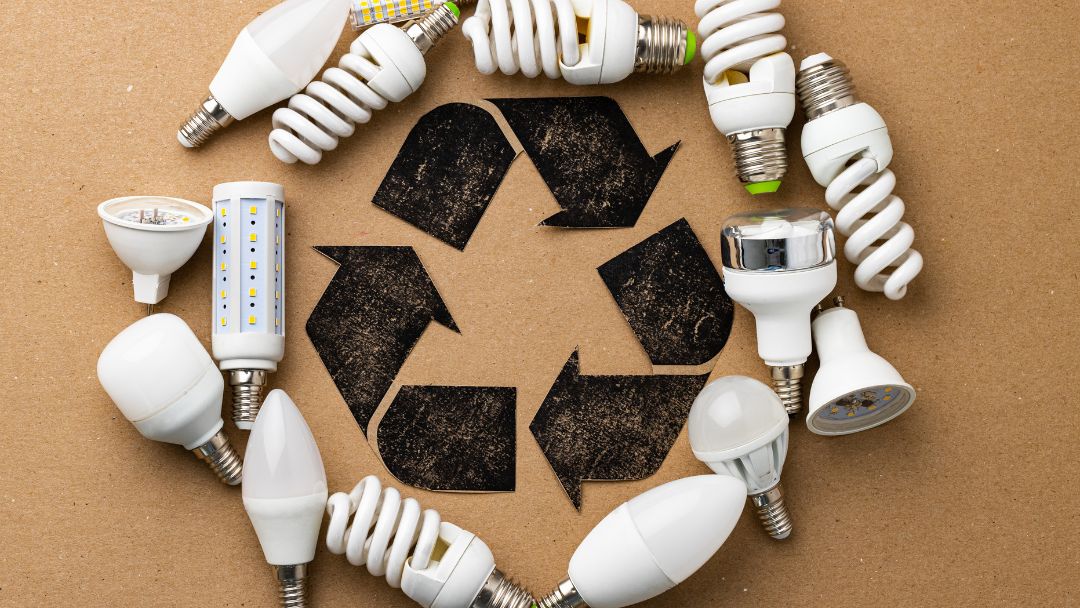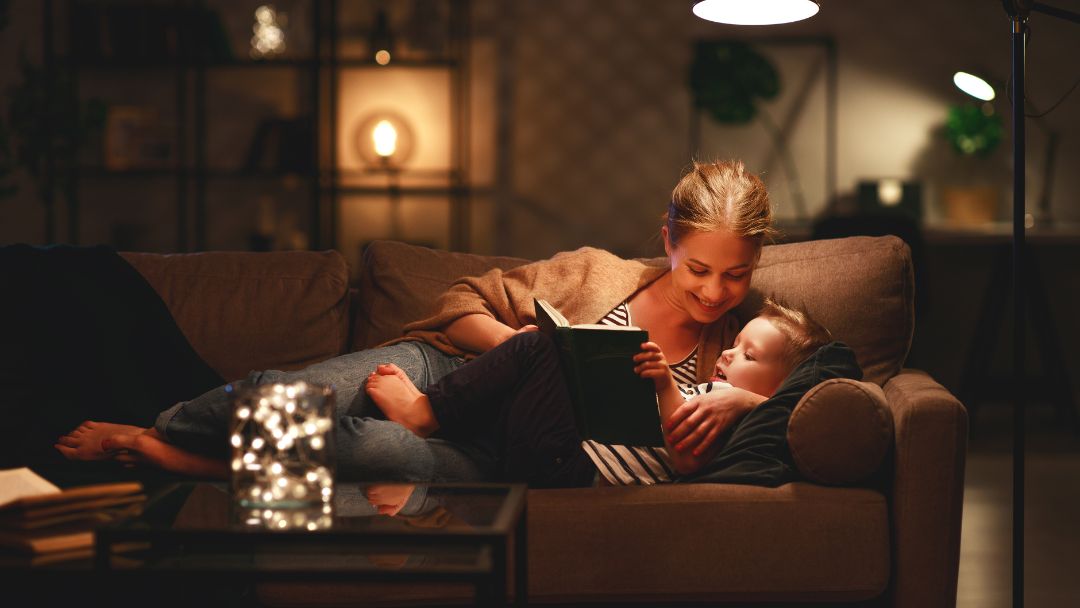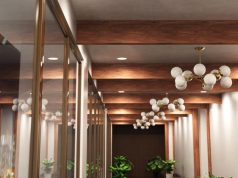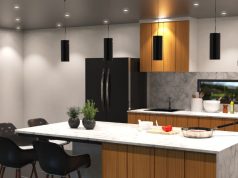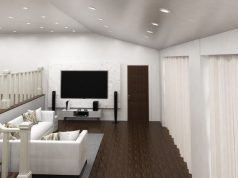Remember when the only thing a light bulb was needed for was to turn on and give light? Right, those days are over. Today, lighting is more than just illumination. It’s undergone a glow-up. (Pun alert!) We’ve moved past just lighting our spaces; we’re setting moods, syncing circadian rhythms, saving energy, and making bold statements.
LED was a great leap for lighting, but it’s not the end. The future of lighting is bright and full of personality. From smart bulbs that respond to your voice (yes, we’ve got those already!) to fixtures made of mushrooms (I know, weird right?), lighting is on its way to greater (and maybe a bit crazier) upgrades.
So, in this article, let’s dive into what’s next in lighting: tech meets sustainability; design is essential once more; and people are paying more attention to lighting than ever before.
The Rise of Smart Lighting Solutions
In this day and age, everything is smart—phones, fridges, even toothbrushes. And yes, lighting also got its own “intelligence” upgrade. Here are some smart lighting trends:
App-Controlled Everything
Picture this: You arrived home late from work. Entering the front door, you fumble over the numerous switches installed on the wall to turn on the light above you. But every time you press a switch, it’s for a different light bulb. You keep flicking the other switches until you finally turn on the light you wanted.
Annoying, right?
Not with today’s smart bulbs. Now you can dim the lights for movie night, blast bright white for focus, or shift to a relaxing warm white for winding down, all from your phone or a voice assistant like Alexa or Google Home.
No more confusing switches and dimmers. No more flicking five switches to figure out which one controls the kitchen pendant.
Just swipe, tap, or say the word.
Tunable White & Colour Control
If you didn’t know, there are three categories of light colour temperatures, namely: warm white (amber-like, cosy and relaxing), natural white (mimics natural daylight), and cool white (cooler tones to keep you alert).
Tunable white LEDs can cycle between these colour temperatures with a single click of a button or swipe on the screen. If you have an RGB (red, green, blue) light, you can even access millions of colours to fit your needs.
Warm white for romantic dinners—check!
Bright white for cooking meals—check!
Neon purple or strobing rainbow colours for karaoke parties—check!
Automation & AI Integration
Perhaps the most “high-tech” feature of them all: AI and automation. Lights can now function based on routines, geolocation, occupancy sensors, schedules, and other factors. Your lights can greet you at the door, power down when you leave, and fool potential intruders into thinking that you’re home even though you’re on a holiday trip.
The future is bright—and it knows your schedule.
Eco-Friendly Materials and Energy Efficiency
The light at the end of the tunnel isn’t just smart. It’s green, too.
Beyond the Bulb: Sustainable Fixtures
Lighting doesn’t just illuminate; it also helps save the planet. Some eco-friendly innovations on LED lights include utilising recyclable and biodegradable materials such as bamboo, mycelium (the root structure of mushrooms), and biodegradable polymers.
Nothing screams “I love this planet” more than a light fixture made entirely of eco-friendly materials.
LEDs Still Reign Supreme
LEDs have outperformed traditional lighting by a lot, and there’s no going back. Who would want to go back? LEDs use up to 80-85% less energy than incandescent bulbs and last about 25 times longer. Combine that with smart controls to avoid lighting empty rooms, and you’ve got a serious win for your energy bill—and the planet, yes, let’s not forget about that.
Circular Design
It’s not eco-friendly if it doesn’t promote reuse, refurbishment, remanufacturing, and recycling. Circularity is part of the future of lighting. More and more LED lights are designed to be disassembled, repaired, or recycled. A “circular design” aims to minimise waste and pollution.
Design Trends: Minimalism, Colour Control, and More
Let’s be honest. A ceiling full of standard downlights is a practical choice. It’s modern, and it does the work right. But where’s the style? Where’s the personality? Where’s the snazz?
In recent years, lighting has become a design flex. A vibe. A moment.
Minimalism Meets Warmth
Minimalism, in short, is characterised by clean lines, matte finishes, and sculptural silhouettes that glow rather than glare. But in the early 2000s, it was cold and sterile. today’s trend brings in warm tones, natural textures, and indirect lighting that makes rooms feel cosy and more curated. It’s still minimalism but with the added warmth.
Statement Pieces & Retro Vibes
Design is a cycle, and old-school designs are making a comeback. Oversized pendants, bold geometric shapes, and even 70s-style smoked glass are back on the radar. The best part? It’s not just about the fashion. Lighting has become a centrepiece, not just an afterthought.
Colour as Mood
Tunable white and RGB lighting are gamechangers. There’s no need to paint your walls with colourful paint. Even if you have an all-white wall, your lights can now bring in the colours, and it all depends on your mood. Want to simulate golden hour in your flat at 10 PM? Done. Need a cool, crisp white for remote work and a warm glow for dinner? No problem. Feeling like partying? Click on the strobe effects.
Today’s lights double as emotional support systems. They’re like mood rings but for your room.
The Role of Human-Centric Lighting
Lighting has always been functional. That’s because back then, it was all it needed to be. But now, lighting is emotional too.
Circadian Rhythm Support
Humans are hardwired to respond to light. Sunlight triggers a hormone called serotonin that helps us wake up, while darkness cues melatonin, also dubbed the “sleep hormone”, to help us rest.
Human-centric lighting (HCL) is a lighting concept that aims to replicate this natural cycle indoors using tunable LEDs and timed automation, a.k.a. “mimicking natural daylight patterns to promote a healthy circadian rhythm.”
The result? Better sleep, improved mood, sharper focus.
HCL can be utilised in offices, schools, healthcare facilities, retail, and homes.
Mental Health & Productivity
Light, both natural and artificial, can significantly impact our mental health by affecting four key aspects: circadian rhythms, sleep patterns, mood and cognitive functions. There’s a whole science behind how this works, but essentially, daylight or natural light boosts these rhythms, while artificial light (especially those that don’t mimic daylight) disrupts them.
Imagine living in locations where there’s little to no sunlight at all. It must be very challenging!
Some studies even show that specific lights can have varying effects. An example is blue light. You probably have seen some eyeglasses ads mentioning this, but blue light is particularly disruptive to sleep and can negatively impact mood. Warm light, on the other hand, promotes relaxation.
During the day, bright light = good. But at night, bright light = bad.
Light for Every Life Stage
You can’t call it human-centric when only a handful of humans can benefit from it. As it goes, even at different stages in life, lighting can cater to specific needs. Warmer, softer lighting can create a calming and relaxing environment for babies, helping them sleep better. Older adults benefit from higher illumination levels with reduced glare. Pair this information with the use of AI and automation, and you’ll have a more intuitive lighting.
The future of lighting? It’s personal.
Final Thoughts
In the past, lighting was a utility and safety. Today, we’re seeing a growing demand for flexible lighting that suits our diverse lifestyles. A lamp isn’t just a lamp anymore—it’s a design statement, a wellness tool, and a gadget rolled into one.
The best part? We’re just getting started.
As AI evolves, materials get even greener, and design continues to blur the line between art and function, lighting will only get smarter, kinder to the planet, and more in tune with our daily lives.
Until the next breakthrough in lighting, we’ll sit back and continue to appreciate the progress it’s made since ancient times. There’s a whole history of lighting in The Evolution of Lighting – From Fire to LED Innovation you can binge.
Hey Google, set the vibe to chill.


